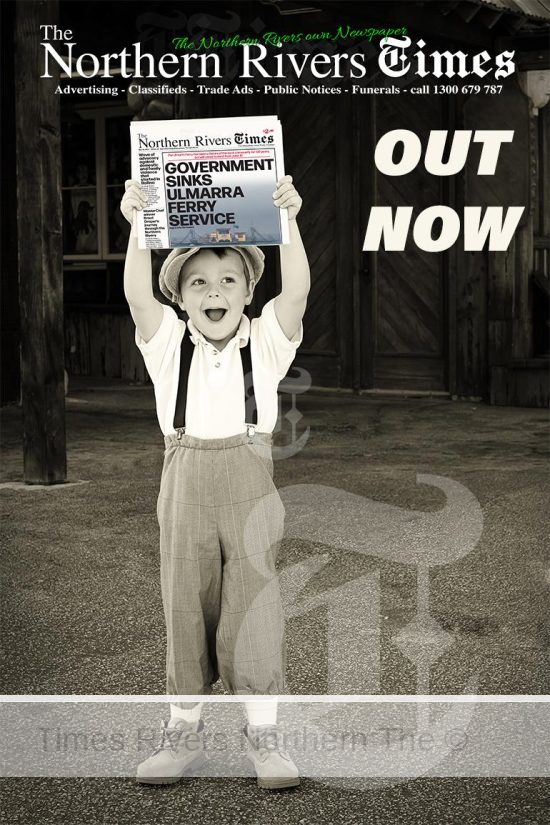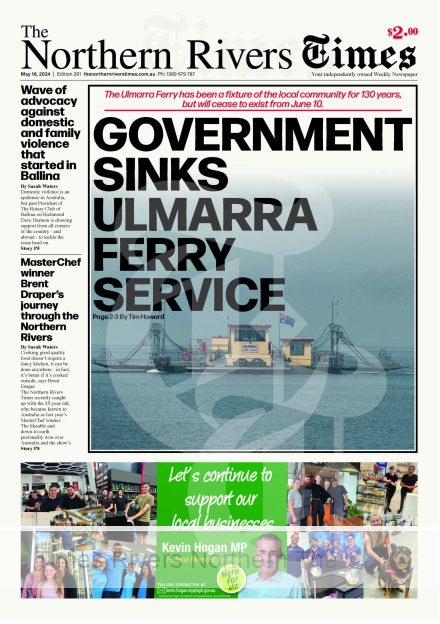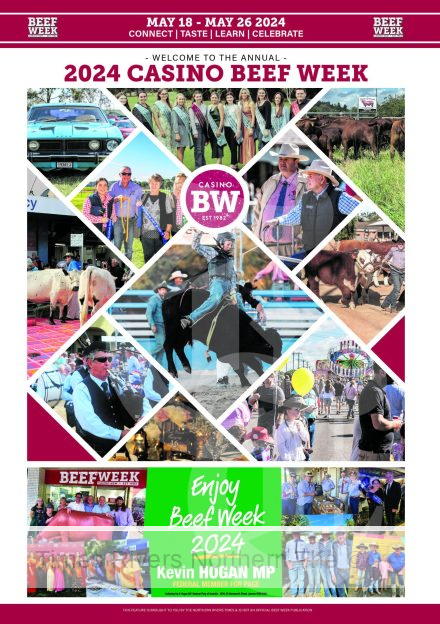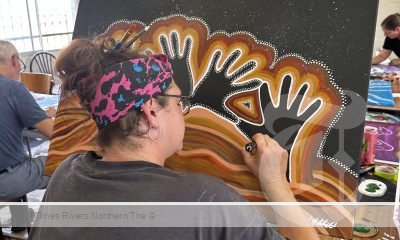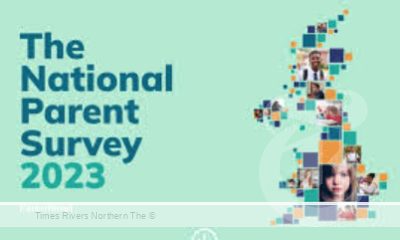Need for speed: why some speedometers lag behind reality
UNSW
A UNSW road safety expert breaks down the truth about why speedo readings can be different from GPS measurements.
Have you ever noticed how sometimes the display on your vehicle’s speedometer is different from the speed shown on the navigation app on your phone?
Advertisements

You’re not alone. And it’s all to do with ADRs.
The Australian Design Rules (ADRs) – set by the Department of Infrastructure, Transport, Regional Development, Communications, and the Arts – are the national standards for road safety and specify how a car should be designed and made fit for purpose when it’s sold in Australia.
According to the ADRs, car manufacturers are prohibited from under-reporting a vehicle’s speed. As a result, vehicle manufacturers often calibrate the speedometers at the factory so that it reads above the actual real speed of the car.
Road safety expert, Emeritus Professor Michael Regan, says most manufacturers do this to avoid any chance whatsoever the car might be travelling at a speed that is higher than the reading on the dashboard.
“ADRs require a speedo tolerance of zero per cent under to 10 per cent above the actual speed, so manufacturers typically set it at about five per cent over,” Prof. Regan says.
“This means the speedo is likely to read 100 kilometres per hour when, in actual fact, your real speed is 95 kilometres per hour.”
What determines your speedometer reading
The displayed speed that you’re travelling on the road is determined by the vehicle’s tyres, says Prof. Regan.
“Speedometers are calibrated to read based on the rate of revolution of the car’s power train. This, in turn, depends on the tyres and it’s usually on a set of new tyres of a certain circumference,” he says.
“When the manufacturer carries out speed calibration tests, they’re based on brand new tyres.
“But over time, as the tyres experience normal wear and tear, they get smaller in circumference. This changes the accuracy of the reading of the speedometer – again showing a higher speed than the actual speed.
“So if you’ve had tyres on your car for a long time, and the tread on the tyre wears away over time, that means that the wheels are revolving faster than they would be if your car was fitted with brand new tyres.
“So as your tyres get older, your speedo actually overestimates your speed so you might think you’re going faster than you actually are. In any case, if the tyres are worn enough to make a noticeable change to the speedo reading then it is likely time to replace them.”
What about my speed on my GPS?
Many drivers use mobile navigation apps which also measure and display the speed being travelled within the interface.
But unlike the speedometer, these apps take advantage of global positioning satellite (GPS) technology to calculate speed by determining the time taken to travel a given distance.
As a result, the GPS speed is often hailed as being more accurate than the car’s speedo, says Prof. Regan.
“While there may be a very short time lag as the GPS calculations re-adjust, it’s so insignificant that drivers probably won’t notice it,” he says.
“If you’re driving on a flat, straight road, the GPS is likely to be more accurate than what’s displayed on your speedo.
“However, if you’re going up or down a steep hill, the actual speed (for example, as measured by Police mobile radar) will usually be greater than the GPS value but proportional to the steepness of the road you’re travelling on.
“It is the change in elevation, relative to the GPS satellites circling above, that results in the error. Horizontal bends do not affect it.
“In theory a clever GPS device could account for the road steepness and adjust the displayed speed so it is more accurate. However, this is a relatively rare situation and there is no strong justification for navigation devices to make this adjustment. Drivers should just bear this factor in mind when driving on steep roads.
“To be absolutely sure how fast you’re driving, you need to know how much the car’s speedo is out by.”
So why don’t vehicle manufacturers use the GPS navigation system that is inside virtually all modern cars to calibrate the speedometer more accurately?
Prof. Regan says current regulations do not require or encourage it.
“In the future, I hope this changes, because drivers would want the most accurate reading to know how fast they’re actually going. This feature could also automatically adjust for tyre wear and replacement tyres.”
Radar speed feedback signs
Radar speed signs are used for traffic management of road projects or in school zones and display your speed as you approach and drive past.
If you’re driving at or below the speed limit, you’ll often be rewarded with a smiley face or your speed displayed on the screen. However, if you’re driving over the speed limit, a sad face or sign telling you to slow down usually appears.
Radar speed feedback signs use radar systems to measure the time taken between the sending and receiving of the radar signals from a car at one point and this time difference is converted into distance.
The process is repeated again, and the radar speed signs calculate the new distance. The speed is calculated based on the two different distances and this is then displayed on the sign.
Prof. Regan says some drivers may find that the detected speed can be different from the one showing on their speedometer.
“It’s just the way they’re set – just like how our car’s speedo is usually higher than the GPS speed,” he says.
“These radar speed signs serve as a reminder for us to assess our speed as we approach areas with changing conditions – especially near zones where there may be more construction workers using the road.
“In some studies, radar speed signs have been shown to be highly effective in reducing speeds and increasing the number vehicles adhering to the speed limit in the areas installed.
“The public nature of having your speed displayed for everyone to see makes you more accountable.”
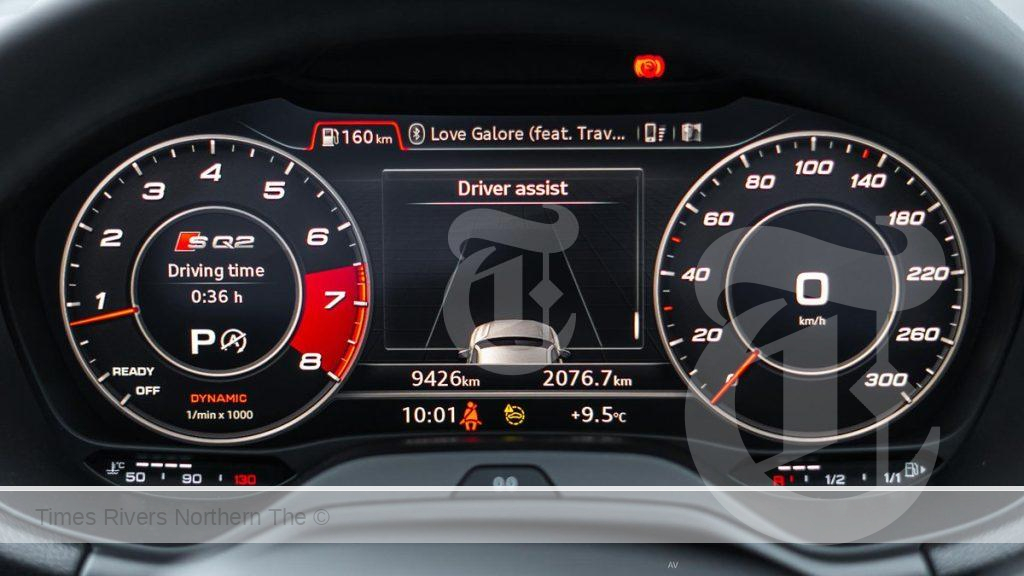
A UNSW road safety expert breaks down the truth about why speedo readings can be different from GPS measurements.
Intelligent Speed Adaptation
Prof. Regan says the important next step in car safety technology is implementing intelligent speed assistance (ISA) systems, which have been shown in numerous studies to be highly effective in reducing speeding, and speed-related crashes.
ISA relies on GPS and/or built-in cameras on the car to detect and read traffic signs and lets the driver know in real-time what the speed limit is. ISA systems come in two basic forms. Advisory ISA systems can issue a warning to the driver if they exceed the speed limit. Such systems have been in existence for more than two decades.
“More advanced limiting ISA systems can physically prevent the vehicle from exceeding the posted speed limit; like a conventional speed limiter, but a more intelligent one,” he says.
“Like adaptive cruise control, the driver is always in control and can easily override the ISA system.
“This is just another example of how systems can be implemented to improve road safety because the reality is that sometimes drivers can become distracted and miss changes in speed signs, or simply not realise that their speed has creeped up.”
Through its star safety rating system, the Australasian New Car Assessment Program (ANCAP) has encouraged fitment of these speed assistance systems for more than a decade, and assesses vehicles based on the presence of ISA and its performance.
But ANCAP is a voluntary program and there is no equivalent requirement in the mandatory ADRs.
From July 2022, the European Road Safety Charter made it mandatory for all new models of vehicles entering the European market to be fitted with advisory ISA.
Prof. Regan says: “Europe is leading the way in this area by implementing this new rule.
“If Australia wants to get more serious about road safety, we need to bring this system to the market permanently.”
Speeding is never safe
Each year, speeding contributes to about 41 per cent of road fatalities and 24 per cent of serious injuries in New South Wales alone.
Prof. Regan says that just because our speedometers are calibrated to overstate our speed, this does not give the green light for drivers to engage in excessive speeding.
“All drivers must obey the road signs to ensure the safety of all drivers and pedestrians who use the road,” he says.
“I think most people don’t realise that driving even a couple of kilometres over the speed limit greatly increases the risk of a serious crash, which can have devastating consequences.
“For example, half of all serious crashes involving a vehicle travelling at five kilometres per house over the speed limit would been avoided, or would not have resulted in injuries or fatalities, if that vehicle had been travelling at the speed limit.”
For more motoring news, click here.
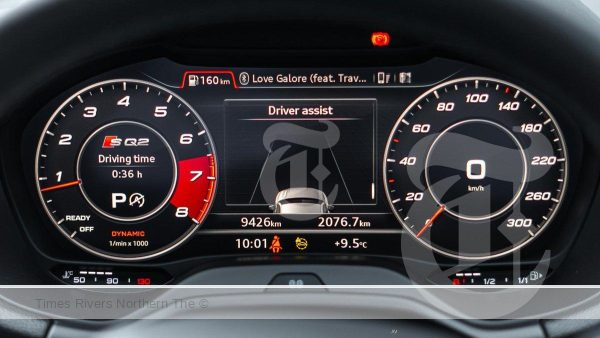




 Tweed Shire News2 years ago
Tweed Shire News2 years ago
 Motoring News1 year ago
Motoring News1 year ago
 COVID-19 Northern Rivers News3 years ago
COVID-19 Northern Rivers News3 years ago
 COVID-19 Northern Rivers News3 years ago
COVID-19 Northern Rivers News3 years ago
 Northern Rivers Local News3 years ago
Northern Rivers Local News3 years ago
 Health News3 years ago
Health News3 years ago
 COVID-19 Northern Rivers News3 years ago
COVID-19 Northern Rivers News3 years ago
 NSW Breaking News3 years ago
NSW Breaking News3 years ago






















